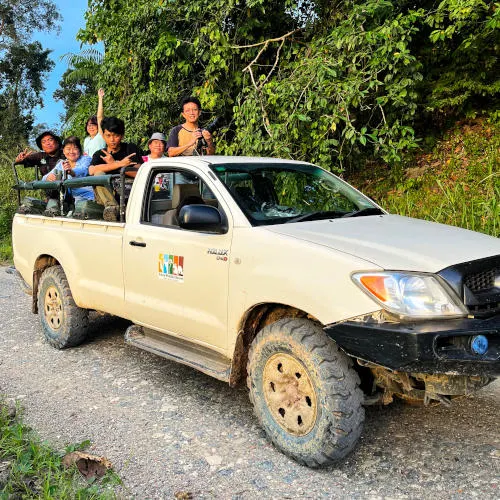
We spent a week in Sandakan, Sepilok, and Bilit of Kinabatangan River. Today, we are heading to Tabin Wildlife Reserve in the eastern part of Sabah, the final stop of our Sabah trip.
Tabin is the largest wildlife reserve in the eastern part of Sabah. It encompasses approximately 300,000 acres in the center of the Dent Peninsula, northeast of Lahad Datu town. It is a sanctuary of more than 300 species of birds and animals in the protected wildlife list, including the Borneo pygmy elephant (the largest mammal of Sabah), gibbon, sun bear, and orangutan.
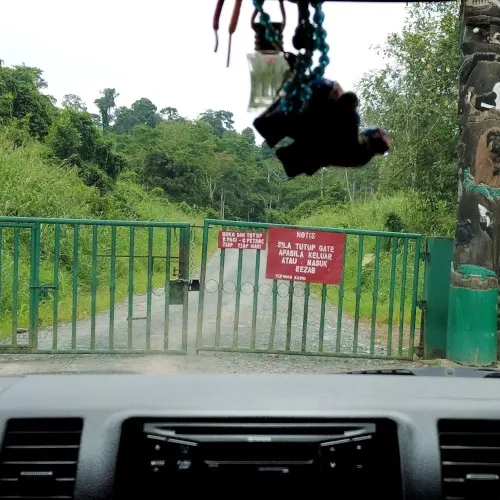
The road trip from Bilit took more than four hours to reach Tabin, starting with a well-maintain tarred road, slowly getting narrower, and finishing on a gravel road with oil palm plantations and the secondary forest amidst us.
Don't miss the video shot at Tabin Wildlife Reserve. It is at the end of this article. 👇👇
1. Arriving at Tabin Wildlife Resort
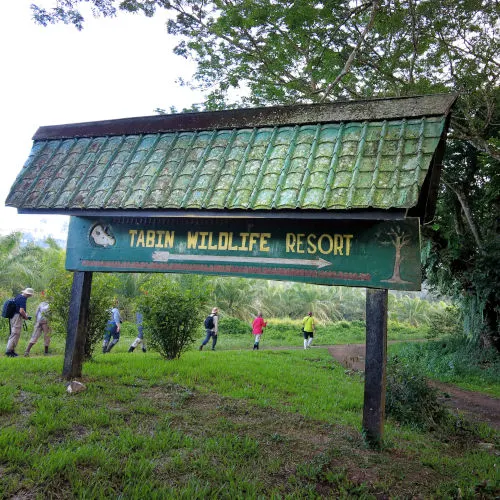
After twenty minutes of a bumpy ride on the gravel road, we finally arrived at the gate, indicating we had finally reached Tabin Wildlife Reserve.
We stayed at Tabin Wildlife Resort, located within the reserve, making it extremely accessible to the jungle trail, waterfalls, and mud volcano.
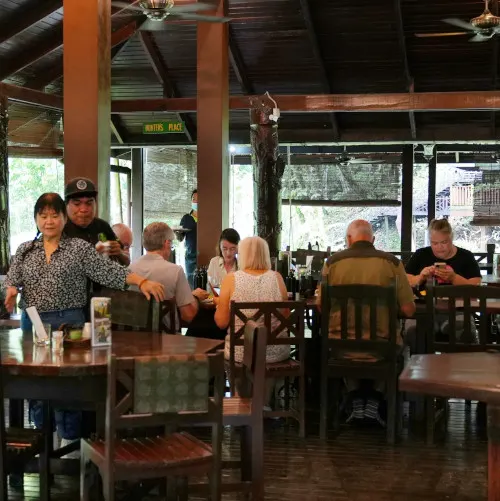
We checked into the Tabin Wildlife Resort and can't wait to start our excursion, spotting rare animals and birds. However, it was nearly 1.30 pm, and with our growling stomachs, we headed straight to the Sunbird Café for lunch.
2. Lunch at Sunbird Café
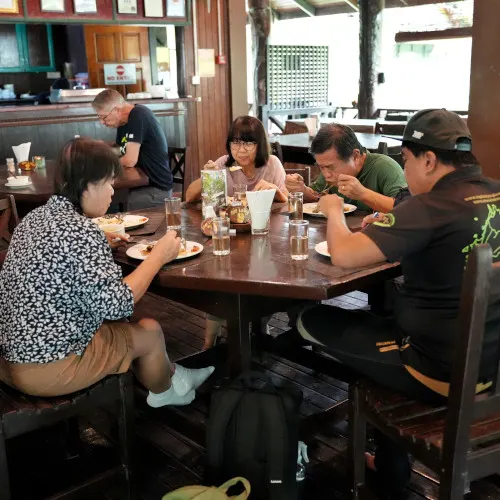
The food served was simple but delicious in a buffet style. We had all our lunches and dinners here, which served beef, chicken, soup, stir-fried vegetable local-styled, and a few western dishes.
The cafe is the center of all activities. The entrance acts as the reception, where we unload the luggage, and as the meeting point for various excursions.
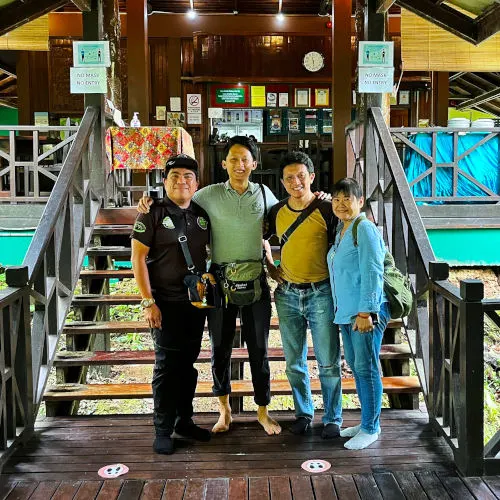
Sunbird Café is an open-sided cafe, not air-conditioned but surrounded by trees and flowers. It was surprisingly not warm, even in the afternoon.
After lunch, we had dessert and tea at the fringe overlooking the boardwalk and the Lipad River.
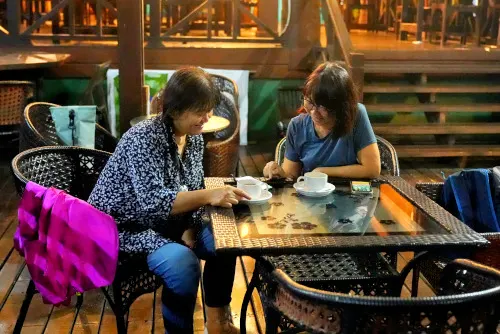
3. Jungle trekking to Lipad Mud Volcano
After lunch, we departed for the Lipad Mud Volcano. Our guide advised us to put on our insect repellent, leech socks, and boots to ensure leeches did not bite us.
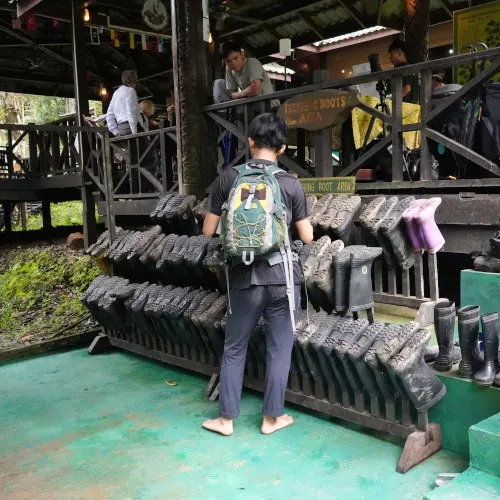
A. Trekking through the wilderness
Our four-wheel drive passed through the narrow road, splashing the muddy water like a spray throughout the twenty minutes ride. Eventually, we arrived at the trailhead leading to Lipad Mud Volcano.
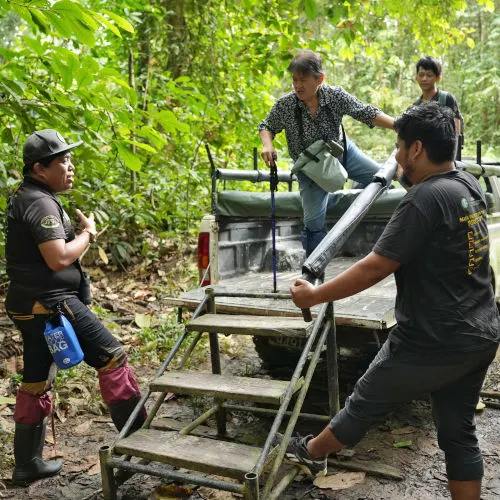
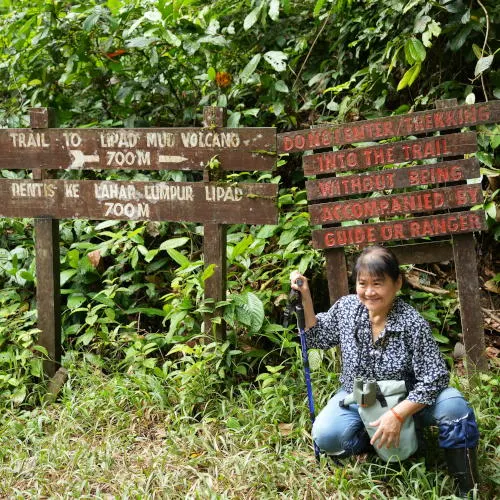
Trekking through the nature trail in Tabin was a fulfilling experience. It was a joy to step under the canopies of trees with dense undergrowth and meander through the trail while observing the animal movements.
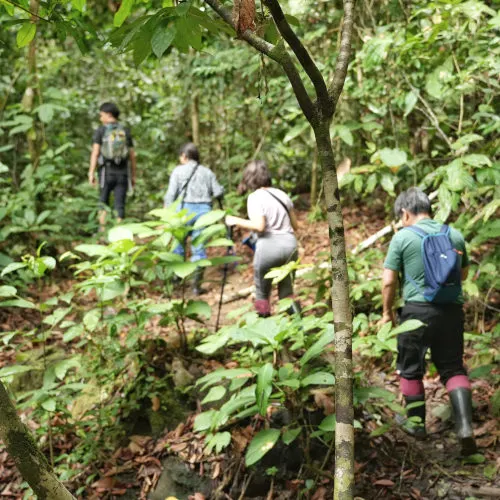
Small mammals account for a large number of animals. There was a multitude of animal footprints.
We made an effort to look for wildlife but futile. Luckily, our experienced guide is an expert in spotting animal footprints and locating birds. We were fortunate to spot a mouse-deer.
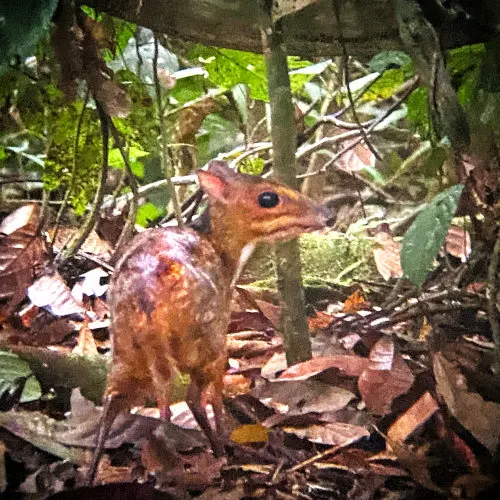
B. The mud volcano
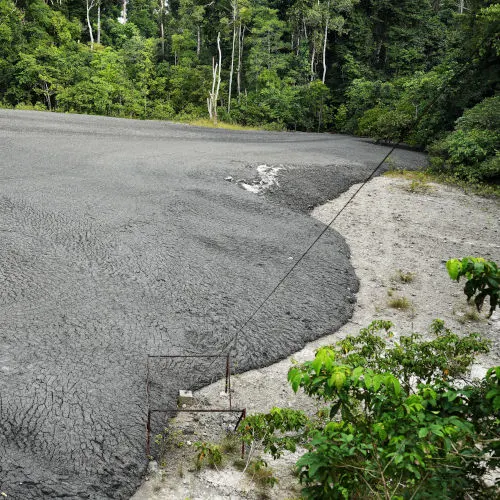
It took us about 20 minutes through the thick forest to arrive at the elevated bare area of the mud volcano.
The mineral-rich mud volcano acts as salt licks and is frequented by animals & birds. It served as an essential source of minerals for the health of wildlife.
Tabin has several mud volcanoes and salt licks, and the Lipad mud volcano is the most accessible one from Tabin Wildlife Resort.
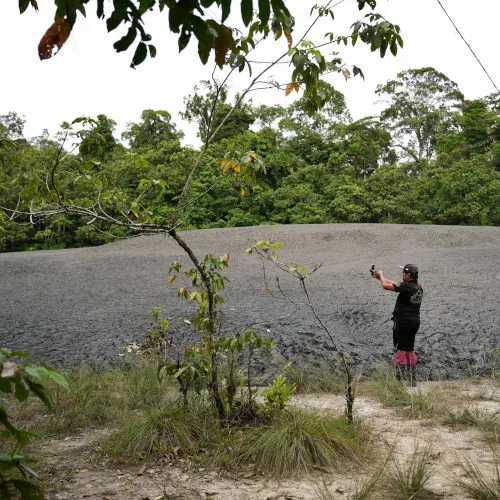
This place spews mineral-rich mud from the earth with the help of escaping methane gas. Our guide told us that a visitor captured the eruption on video a month ago at the active Lipad mud volcano.
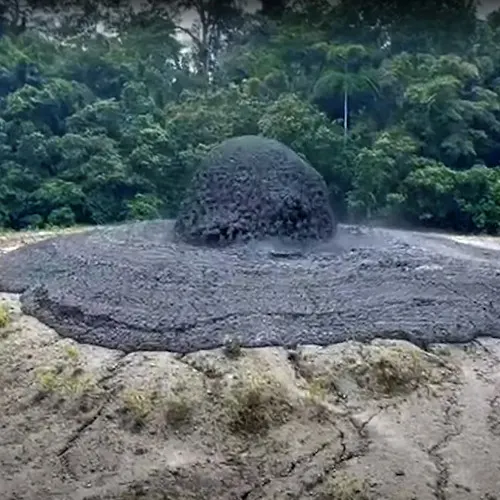
We were supposed to walk in the dried mud. However, since the mud was newly formed and still warm, our guide advised us not to step inside the mud volcano.
Nevertheless, we applied mud on the face, which we believed to be good for the complexion.

Since the animals are here almost daily, the observation tower is ideal for spotting wildlife. We climbed to the top to get a panoramic view of the mud volcano.
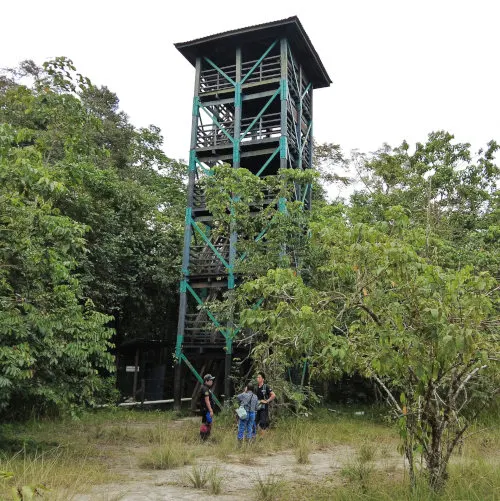
Our guide used the mud to stamp our fingerprints on a certificate the following day. It was indeed a valuable memento that we would display in our sitting room.
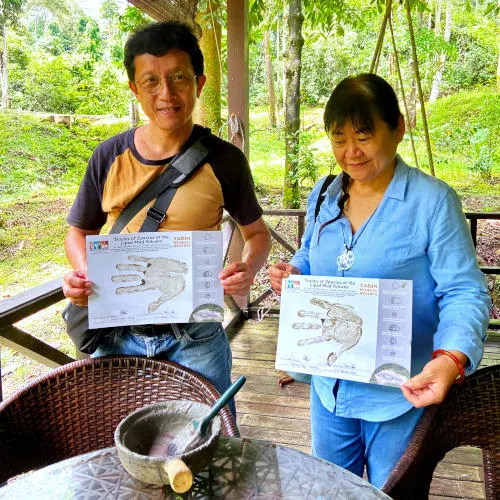
4. Night Safari/dusk drive
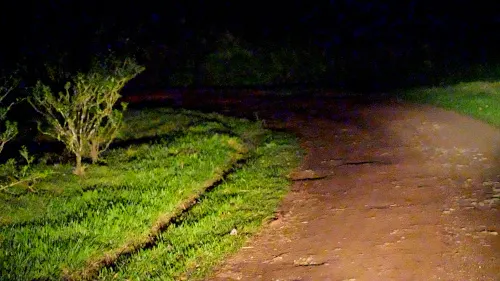
We went for an extended dusk drive cum night safari, looking for nocturnal wildlife in the evening. This was the time when the birds looked for food. We skipped the night walk as we had more chances to spot wildlife with night drives.
a. Bird watching at dusk
Here are some images of the birds spotted.
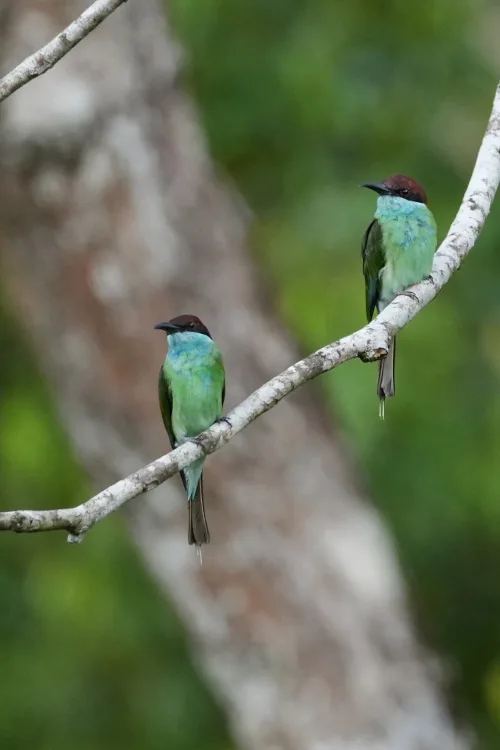
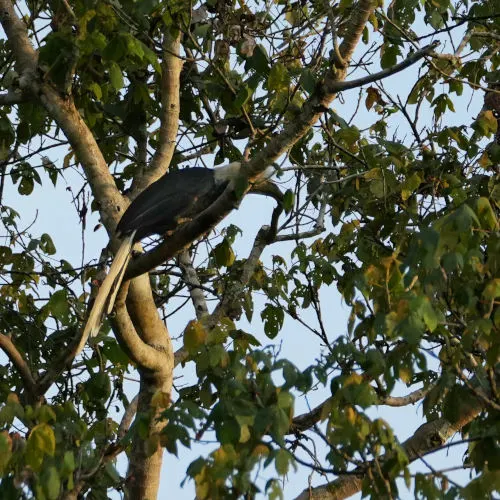
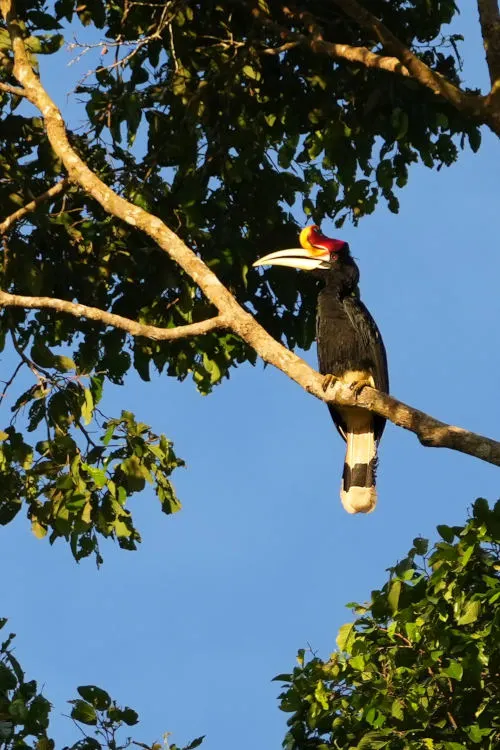
b. Night Safari
The night drive was our most anticipated experience during our stay at Tabin.
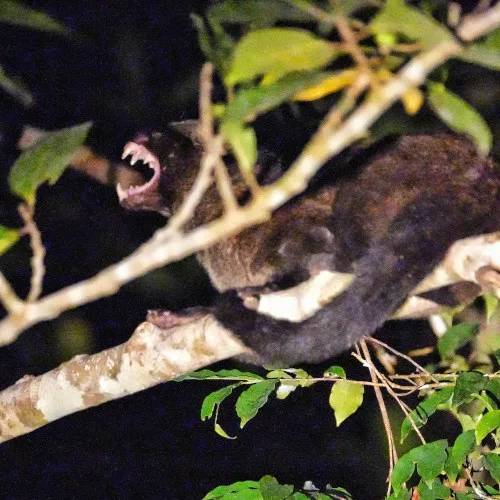
Our truck slowly trundles through the bumpy road, guided by the vehicle's light, with dark tree trunks, shadows, and barely visible clumps of bushes rushing backward on both sides.
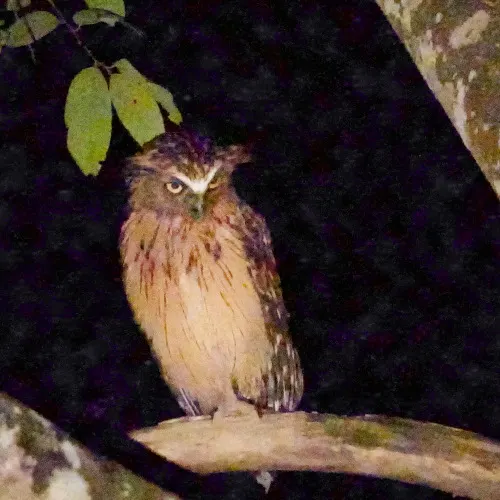
The moon shined through the lattice of leaves, and few stars are seen through the patchy sky. Jupiter was bright, hanging halfway down the sky with the blurry milky way in the background.
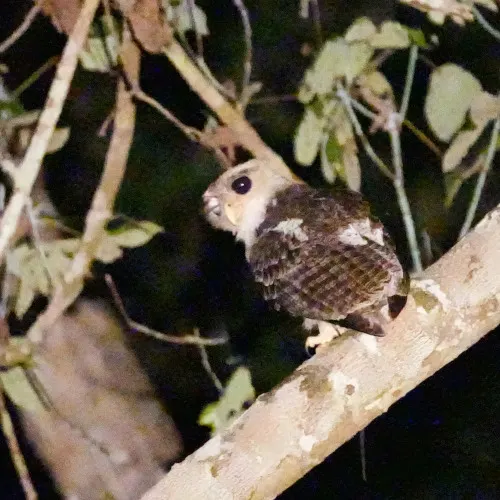
Our guide used a high-powered spotlight to shine through tree breaks. He spotted a surprising variety of birds and nocturnal animals with his laser-sharped eyes.
We spotted a civet cat, owls, a monitor lizard, and some nocturnal birds.

We moved along the main road. The spotlight illuminated the pitch-dark jungle. The choir of insects broke the silence by performing a natural rhythm like a symphony.
5. Morning walk

The following day, we skipped the dawn drive, instead walking along the Reserve’s road to spot wildlife and birds searching for food.
It was also an experience listening to the hoo-hoo sound of gibbons calling in the refreshing morning.
6. Lipad waterfall

We trekked through the humid trails in the late morning and trod across the river to reach the waterfall.

It is not a large waterfall, but it is still enough to enchant us with the water tumbling down into the natural pool at the bottom.

We threw ourselves under the waterfall as damselflies surrounded us and finally landed on our hands, knowing that we were friendly visitors who would never harm them in their natural habitat.

7. Room tour
Tabin Wildlife Resort was established in 1999 with 20 timber chalets.
These charming timber chalets blend harmoniously into the untouched surroundings. Ten River Chalets face the Lipad river, and the other ten Hill Chalets have a stunning forest view from the hillside. The chalets and cafe are interlinked with boardwalks.

This comfortable jungle lodge is best for nature lovers. Nestled within the forest beside the Lipad river, this charming setting is home to various birds, insects, and small mammals, even beside the resort's buildings.
We spotted some butterflies dancing right in front of our chalet.

Each chalet has an en-suite bathroom, hot water shower, and ceiling fan and is air-conditioned. Our River Chalet has a private balcony facing the Lapid river, and is a peaceful place to spot wildlife and enjoy the sound of nature.

My brother-in-law stayed at the Hill Chalet. The room has the same facilities as the River Chalet, but the balcony has a panoramic view of the hillside with the Lipad River at the far end.

The Hanging bridge in the resort

A hanging bridge across the Lipad River is just next to the boardwalk leading to the Hill chalets. Across the bridge is the trailhead of a jungle track closed temporally.
We marvel at the view from the hanging bridge and soak into the surrounding nature. Tabin is the sanctuary of birds, and we spotted a few even before exploring deeper into the jungle.

Our guide spotted a python on a tree near the bridge. That was the first wildlife we encountered at Tabin.
8. Tabin giant tree

We also stopped to witness the majestically tall Tabin Giant Tree, known as Tualang or Mengaris.
The tree trunk is huge and broader than when we all opened our arms near the bottom.
9. Tabin Visitor Center

The Tabin Visitor Center is just ten minute walk from the resort.
There is a replica of the Sumatran rhinoceros displayed at the center. According to this article, the Sumatran rhinoceros is now extinct in Malaysia. The country’s last rhino, Iman, died of cancer in 2019.
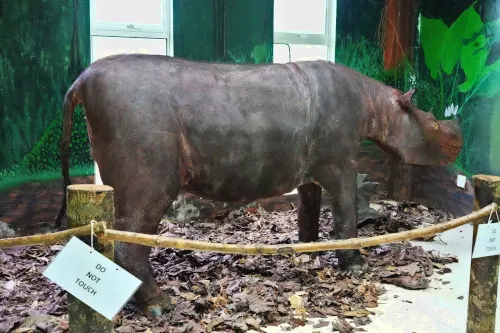
Besides that, there are numerous wall posters explaining different types of wildlife and places of interest at Tabin Wildlife Reserve. It is a one-stop center to provide rainforest education to any interested parties.
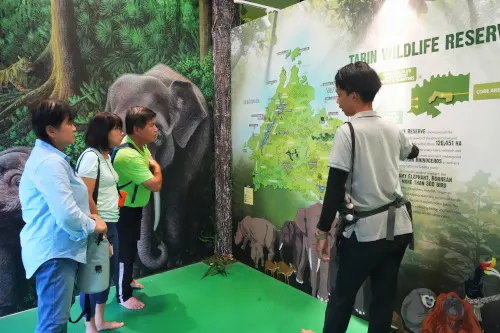
Watch our video shot during our trip at Tabin Wildlife Reserve . 👇👇
If you have read this blog post this far, don't miss out on the video shot at Tabin Wildlife Reserve. Click the image below to watch on YouTube (shot in high definition!).
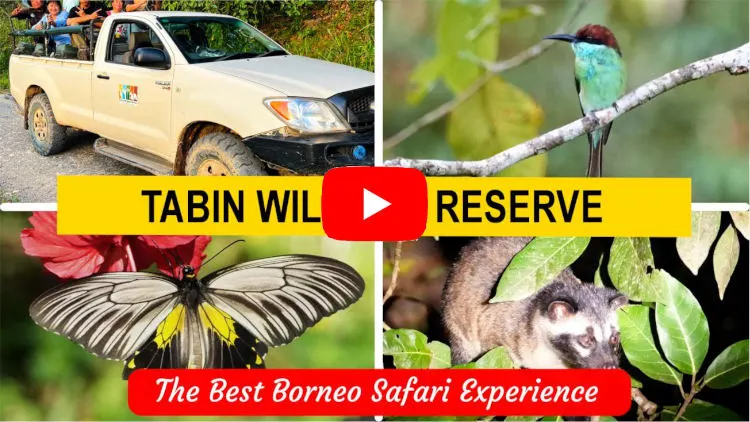
Other places we visited in Sabah, Malaysia
If you like this article, you may also want to read about other articles we wrote during our visit to Sabah, Malaysia.
